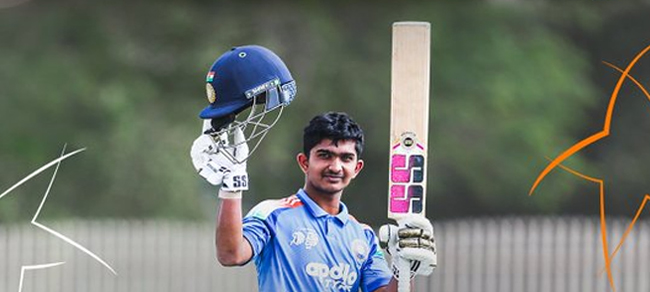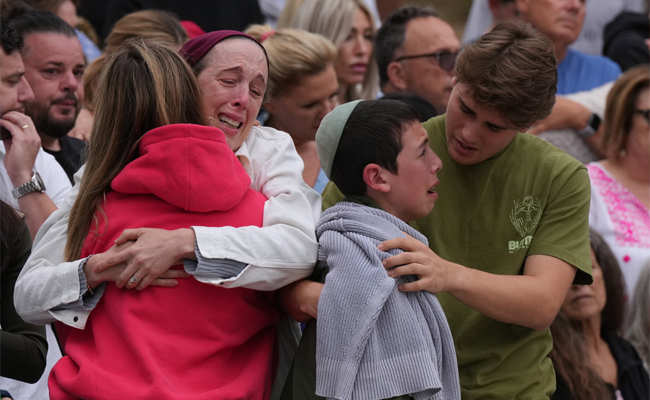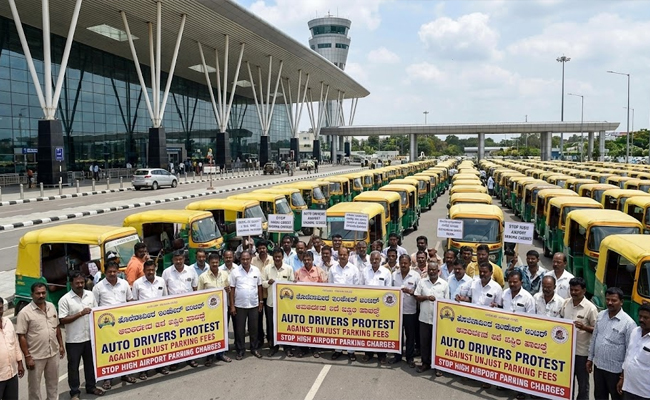Nagpur, May 29: In a freak incident, a wheel of the speeding Gorakhpur-Yeshwantpur Express broke into two pieces near here on Tuesday morning but alert railway staff averted any tragedy, officials said.
The incident came to light after some unusual sounds emanated from the wheels and the driver stopped the train, but by then, it had already run a few kilometres before coming to a safe halt, said Central Railway spokesperson Sunil Udasi.
There are no casualties in the incident, he said, adding that the alert rail staff have been felicitated for their work.
The affected coach was disconnected, the passengers deboarded and accommodated in an alternative coach before the train departed for its onward journey.
Top officials described the incident as "unheard of" in Indian Railways.
"This is the rarest cases of wheel defect. It's a matter of detailed investigation and laboratory test of materials has been ordered," said Railway Board's Director, Media, Ved Prakash.
Experts will now probe whether the wheel broke due to excessive use or due to some defective materials used in its making.
Presently, the wheels used in the modern Linke Hofmann Busch coaches are imported from Europe and tested rigorously before used in passenger trains.
While ruling out the possibility of more such incidents, the railway officials said random samples could be picked up from anywhere for further scrutiny.
Wheels are checked on various railway tracks across India under varying conditions and the entire process can take three years.
After the testing period, the wheels are used on regular basis before they need to be replaced after 100,000 km running.
Let the Truth be known. If you read VB and like VB, please be a VB Supporter and Help us deliver the Truth to one and all.
Dubai (PTI): Wicketkeeper-batter Abhigyan Kundu on Tuesday created history with first-ever double ton in Youth ODIs for India, scoring an unbeaten against Malaysia in the U-19 Asia Cup match here.
The 17-year-old Kundu thus recorded only the second instance of a double century in Youth ODIs after South Africa's Jorich Van Schalkwyk, who had scored 215 off 153 balls against Zimbabwe earlier this year in Harare.
Batting at No 5, the left-handed Kundu hit an overall 19 fours and seven sixes to smash 209 not out off only 125 balls.
His knock powered India U-19 to a huge 408 for seven batting first.
Earlier in the same tournament, Vaibhav Sooryavanshi had scored a 95-ball 171 against the UAE, which is overall the ninth highest individual score in the format.





